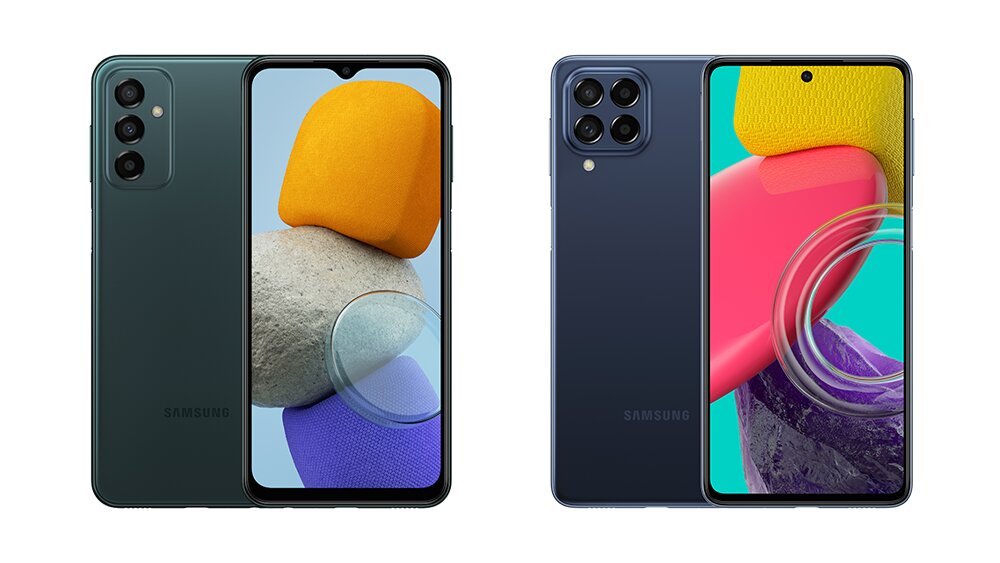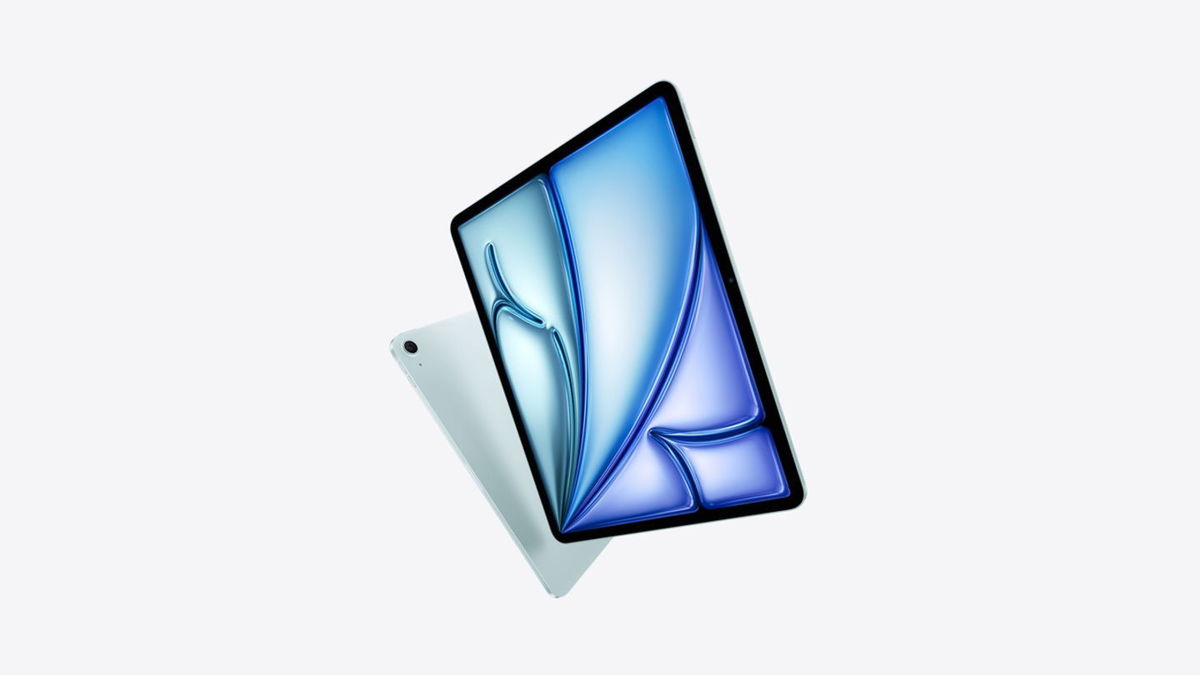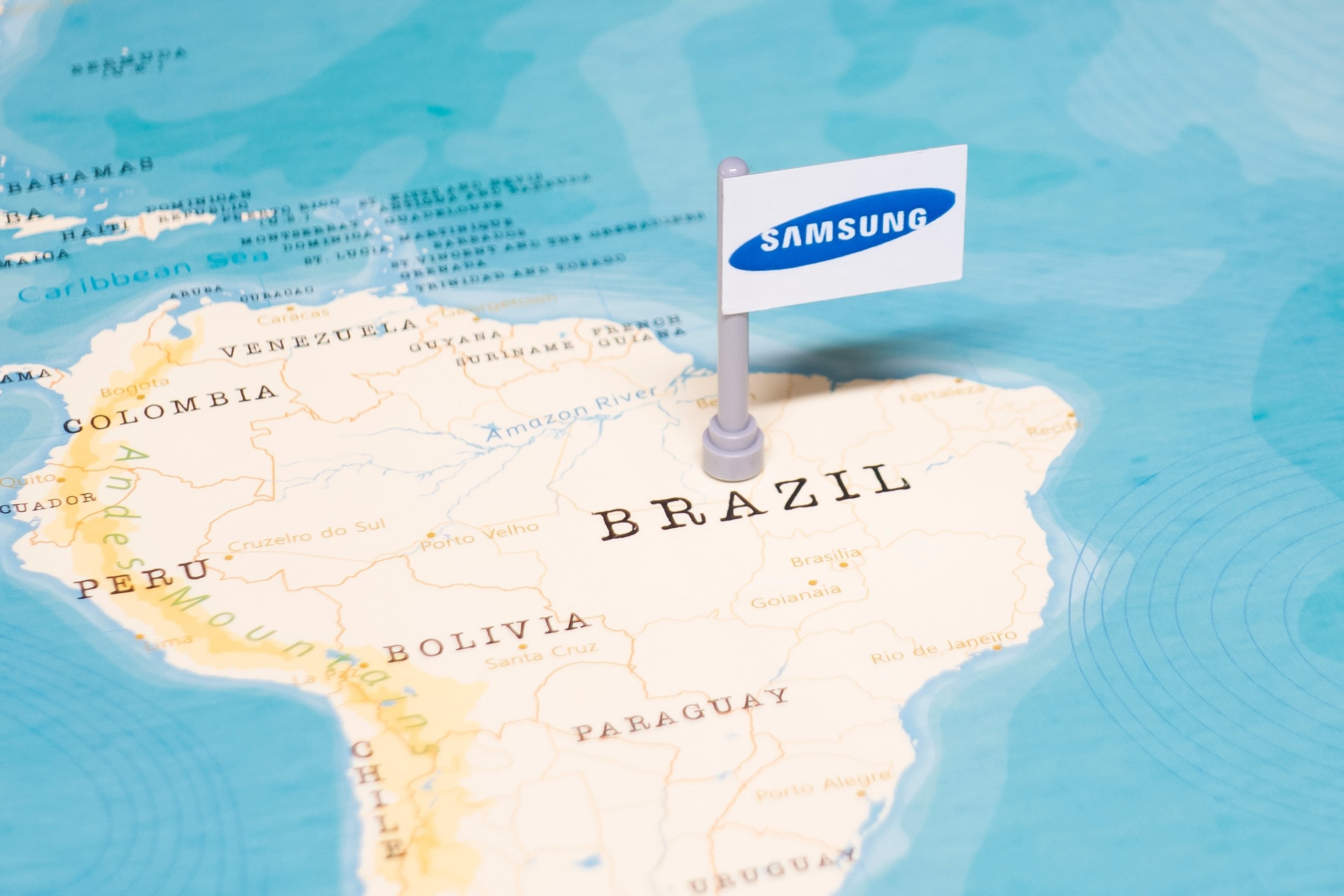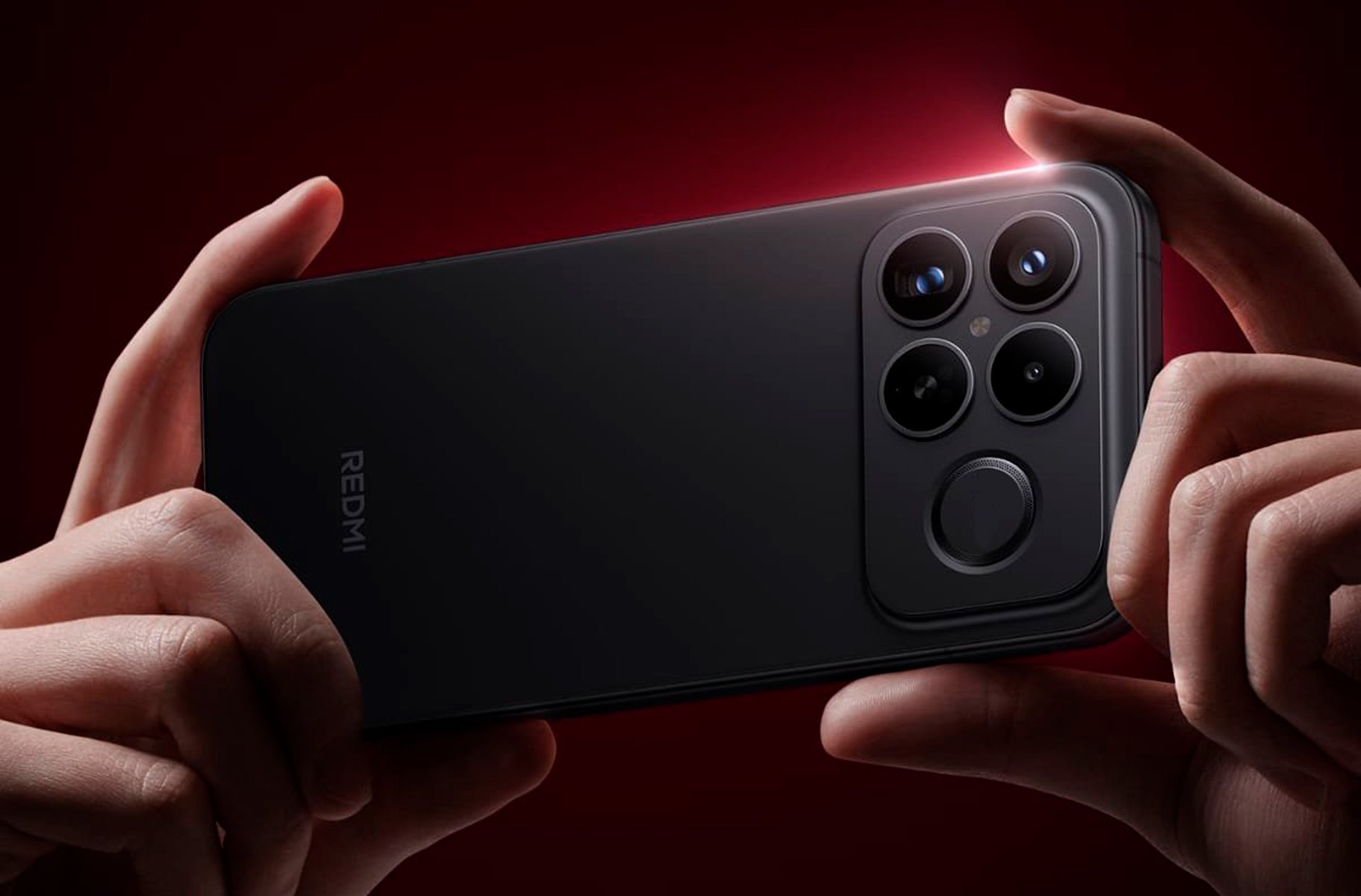This week, Samsung announced two new mid-range phones in Brazil, the Galaxy M23 and Galaxy M53. The innovation marks an increase in the portfolio of 5G-enabled models, the turn of South Korea’s strategy to maintain a range with private sales via the internet, and rekindles the chargers discussion.
In an interview with TecMundo, Renato Citrini, Senior Product Manager of Samsung Mobile Devices Division, provided more information on new products, Brazilian consumers, marketing issues and more.
Is it the charger in the box? Only in Brazil
Contrary to recent controversy, Galaxy M23 and M53 came here with a charger in the box, unlike the global version. A few months ago, the Galaxy A53 also moved away from Samsung’s international strategy and entered the Brazilian market with the accessory.
Citrini explained that this flexibility in the composition of the box is due to the fact that the company has its own factories in Brazil.. If the products were packaged, for example, at Samsung’s factory in Korea or Vietnam, we wouldn’t have much of this differentiation.
The withdrawal of chargers in Brazil started with an argument for reducing environmental impact on the S and Z lines, but in other countries the brand’s agents already come without a plug adapter.
However, last week the National Consumer Secretariat (Senacon) guided more than 900 Procons in the country to take administrative action against Samsung and Apple in response to the lack of chargers in smartphone boxes sold by the brands.
It’s worth noting that the accessory that comes with the new Galaxy M is 15W, so anyone who wants to take advantage of the 25W fast charging supported by the devices will need to purchase another plug adapter separately.
While the inclusion of the lower-power charger casts doubt on the possibility that the action is a strategy to circumvent possible penalties from Procon, Citrini reminds us that the manufacturer always puts the 15W accessory in the intermediate package, except for models above the Galaxy A70.
Features to attract online shopping
While the Galaxy A series was created to replace the darlings (and extinct) Galaxy J, the Galaxy M family appeared in 2019 with an online retail-only offering. The internet-only sales strategy continues to this day and even seemed like some kind of omen for Samsung regarding the pandemic that started a year after the launch of the new bet.
“The perceived shift in other categories has also occurred in the world of smartphones. The online world is starting to have greater relevance not only in search but also in making purchases,” explains Citrini.
Since the user cannot go to a store and change the product, and after some testing, cannot make the purchase, the Galaxy M series focuses on consumers with a comparative and stable profile, as it is its own seller, and guides its own purchase.

How does Samsung choose which processor to use?
To reach this audience that values the features of the devices, Samsung is betting on the performance of the new Galaxy M23 and M53. The manufacturer preferred to use MediaTek and Qualcomm chips for the new models.
The processor adopted in the Galaxy M53 is the 6 nanometer MediaTek Dimensity 900 working together with 8GB of RAM (plus 8GB of RAM Plus) and 128GB of internal storage with the possibility to expand up to 1TB via microSD. Galaxy M23 comes with built-in Snapdragon 750G and 6GB RAM with RAM Plus options for virtual memory.
According to Citrini, the processor selection is determined by Samsung’s parent company. This takes into account factors such as the level of performance required by the product and distribution market – for example the M series is not available worldwide.
From there, the company balances its suppliers’ demands and offers to see what works best for each situation. Currently, South Korea is working with its own processors (Exynos) and third parties such as Qualcomm, MediaTek and UNISOC.
In addition to performance, it’s also important to remember that processor selection allows for design improvements and the availability of new software features. In the case of the Galaxy M53, for example, the 6-nanometer processor offers greater energy efficiency and ultimately allows for a thinner device thanks to smaller components.
Regarding software, more modern processors allow features only found in premium models, such as the object eraser, to reach middlemen like the Galaxy M.

The truth is, Samsung remains solid and strong in its strategy of having a smartphone portfolio broad enough to reach all types of users, whether they’re focused on performance, design, selfies or battery life. And you, which mobile phone consumer profile do you fit: bold, conservative or moderate?
Source: Tec Mundo













